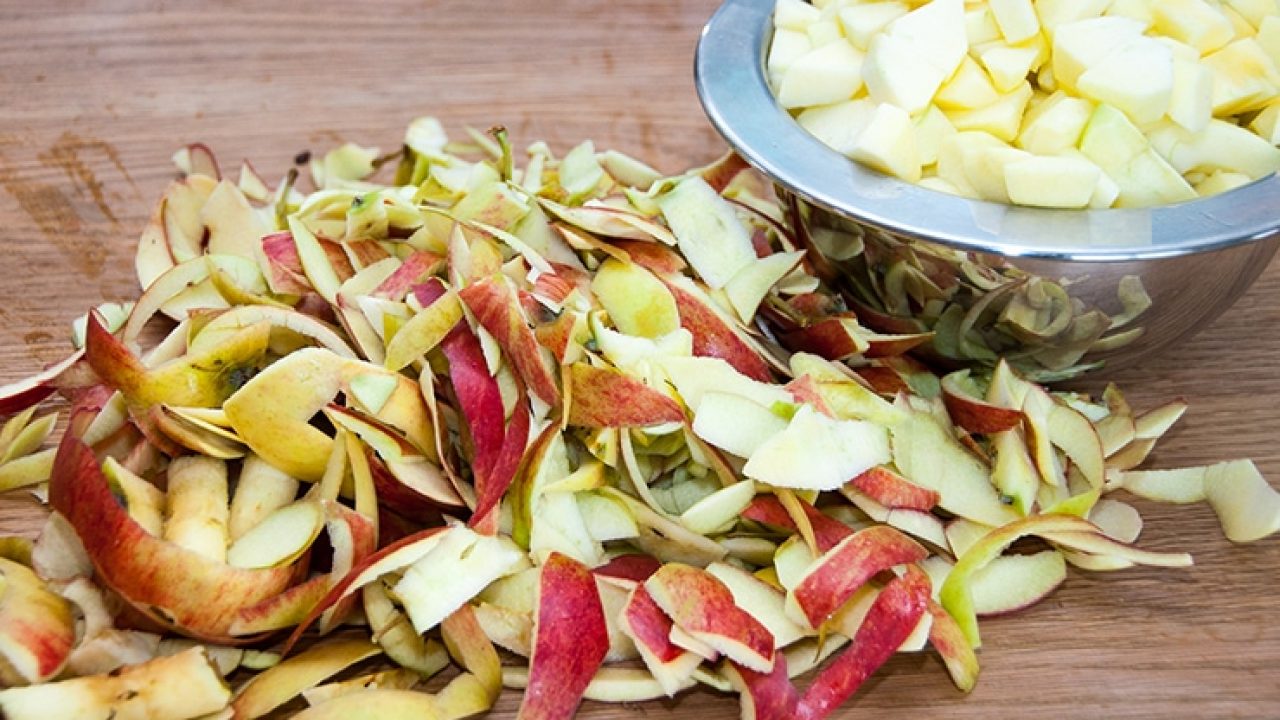It is necessary to know how to give the plants in a suitable way because this is usually one of the main causes that the plants can suffer root damage, even perish.
Tips for ideal irrigation in the garden
The main types of irrigation that can be carried out, when we talk about large spaces, are the following:
- It is common to irrigate through furrows, flooding the space between ridge and ridge.
- Drip irrigation is ideal for vegetables and is being used more and more than furrow irrigation.
- Sprinkler irrigation is also used in orchards but it can generate some inconveniences since wetting leaves and fruits favors the development of fungi.
- The classic is irrigation with manual sprinklers, in which we will pour contaminant-free water to water indoor plants or gardens.
Practical tips on how to water
There may not be an ideal form of irrigation, this depends directly on the type of plant and the type of climate or season of the year, this means that the amount of water we need to use may vary according to the species, the season of the year, which is its level of growth, and other factors. During the sowing season or when planted, the approximately 10 cm outside the surface should be completely and evenly moist, but overwatering should be avoided and very young plants should be watered frequently so that they do not dry out.
If the vegetables are grown outdoors in plots, they should be grouped according to the water they need, so that all receive the necessary amount. Vegetables are sensitive to both excess and lack of water and with excess watering there are problems:
- Water is wasted.
- Neck rot.
- In root crops it leads to the development of leaves to the detriment of the root.
- It makes the fruit lose flavor, for example, carrots, tomatoes, etc.
If you do not have abundant water, it will be convenient to install a reserve tank.
Irrigation in sandy soils
In sandy soils, where the soil texture is very porous, water infiltrates and evaporates quickly, so it is necessary to monitor more often that there is adequate humidity in sandy soils. In clay soils, with a texture of very fine particles, they retain water in large quantities and can become flooded, with the consequent problem of root suffocation.
The most suitable soils are those that have a good capacity to retain water, but without exceeding the quantities.
In leafy and salad vegetables, such as chard and spinach, cabbage and lettuce, the most critical period is between 8 to 20 days before reaching maturity; During this period, it is essential that they have plenty of water. Outside of this period, water half a week during dry weather.
The critical time for tomatoes, peppers, beans, zucchini, cucumbers, and peas, is when the flowers form and the fruits or berries develop. If conditions are dry at this time, water the same as for leaf crops. Do not water intensely before the critical period, as this produces leaf development to the detriment of the fruits.
Root crops, such as carrots, radishes, and beets, require moderate watering during the growing season and increase when the roots begin to swell.









